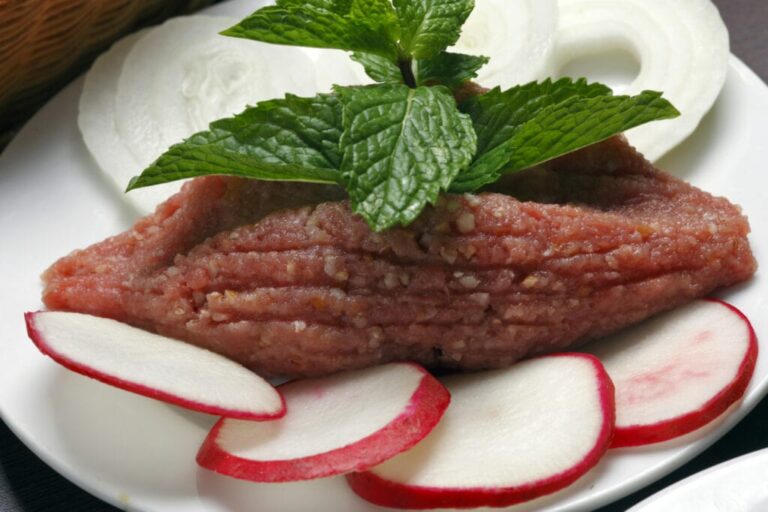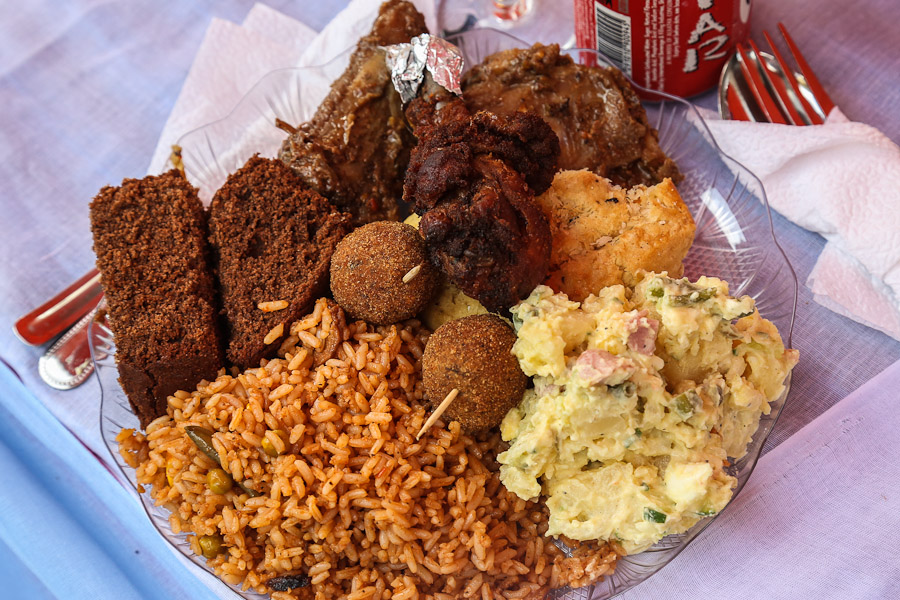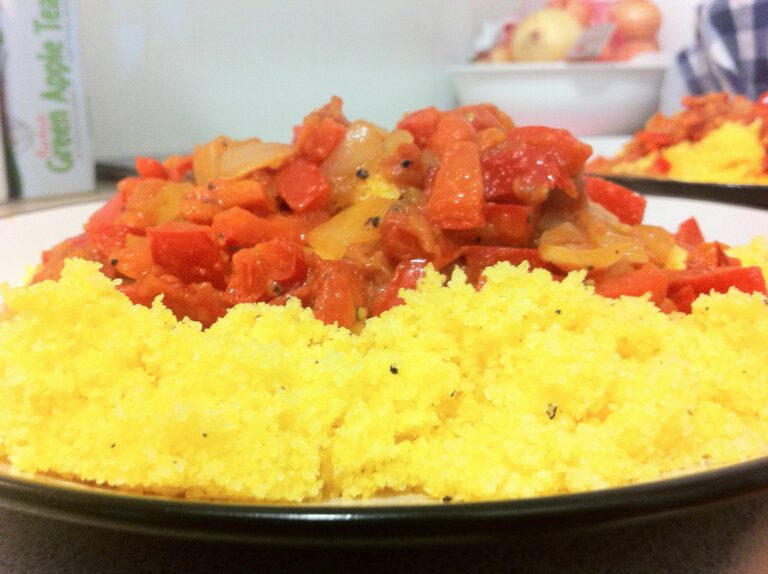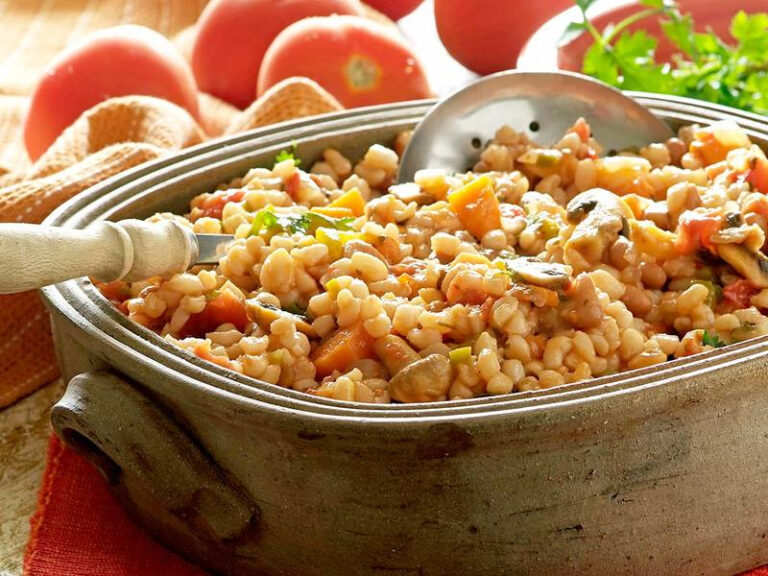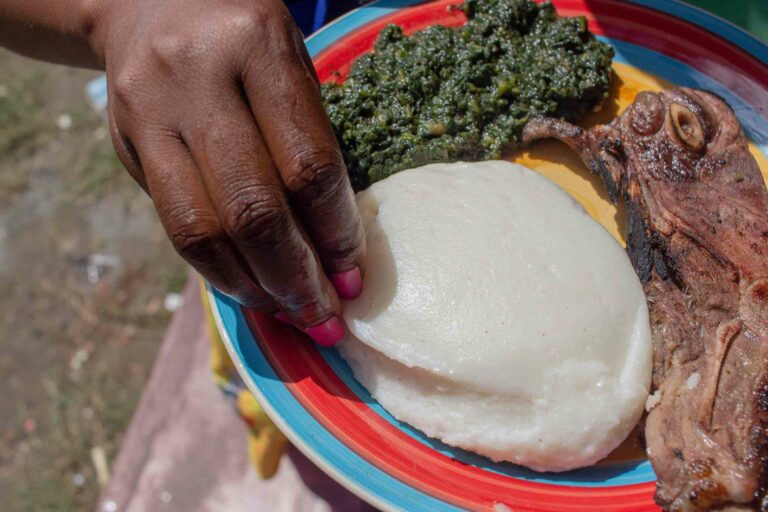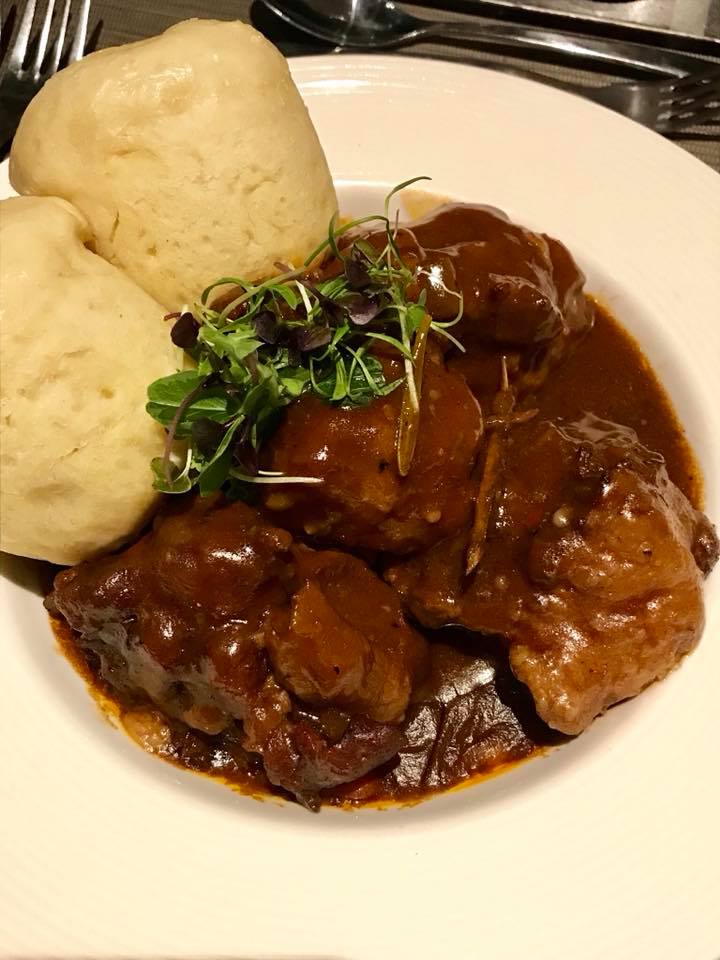Introduction: Lebanese cuisine and its history
Lebanese cuisine is renowned for its rich flavors, diverse ingredients, and intricate preparation techniques. It is an amalgamation of various culinary traditions that have been shaped by the country’s long and complex history. Lebanese cuisine reflects the influence of various civilizations and empires that have ruled the country throughout the centuries. The cuisine has been influenced by the Phoenicians, the Ottomans, the French, and the Syrians, among others.
The Phoenician influence on Lebanese cuisine
The Phoenicians were one of the most influential civilizations in the eastern Mediterranean region. They were known for their maritime trade, and they established colonies throughout the Mediterranean, including in Lebanon. The Phoenicians introduced a variety of ingredients and cooking techniques to Lebanon, which have played a significant role in shaping Lebanese cuisine. For example, they introduced the use of olive oil, which is a staple ingredient in Lebanese cuisine. They also introduced the use of fish in cooking, which is a popular ingredient in Lebanese seafood dishes.
The impact of the Ottoman Empire on Lebanese cuisine
The Ottoman Empire ruled Lebanon for over four centuries, and its influence can still be seen in Lebanese cuisine today. The Ottomans introduced a variety of spices and herbs to the region, which have become essential ingredients in Lebanese cuisine. Some popular Ottoman-era dishes that are still enjoyed in Lebanon include shawarma, kebab, and mezze. The Ottomans also introduced the use of yogurt in cooking, which is a common ingredient in Lebanese dishes such as labneh and tzatziki.
French influence on modern Lebanese cuisine
Lebanon was under French rule for over two decades in the early 20th century, and the French influence on Lebanese cuisine is still evident today. French culinary techniques and ingredients have been incorporated into traditional Lebanese dishes, resulting in a unique fusion of flavors. For example, the use of butter and cream in Lebanese cuisine is a direct result of French influence. French-inspired dishes such as quiche and croissants have also been adopted into Lebanese cuisine.
Syrian and Palestinian culinary influences
Lebanon shares a border with both Syria and Palestine, and these countries have had a significant influence on Lebanese cuisine. Syrian and Palestinian dishes such as hummus, falafel, and tabbouleh have become staples in Lebanese cuisine. The use of spices such as cumin and coriander in Lebanese dishes also reflects the influence of these neighboring countries.
Conclusion: The rich tapestry of flavors and history in Lebanese cuisine
Lebanese cuisine is a reflection of the country’s long and diverse history. The influence of various civilizations and empires can be seen in the ingredients, techniques, and flavors of Lebanese cuisine. From the Phoenicians to the Ottomans, the French to the Syrians and Palestinians, Lebanese cuisine is a rich tapestry of flavors and history. Today, Lebanese cuisine is enjoyed all over the world, and it continues to evolve as new ingredients and techniques are introduced.



